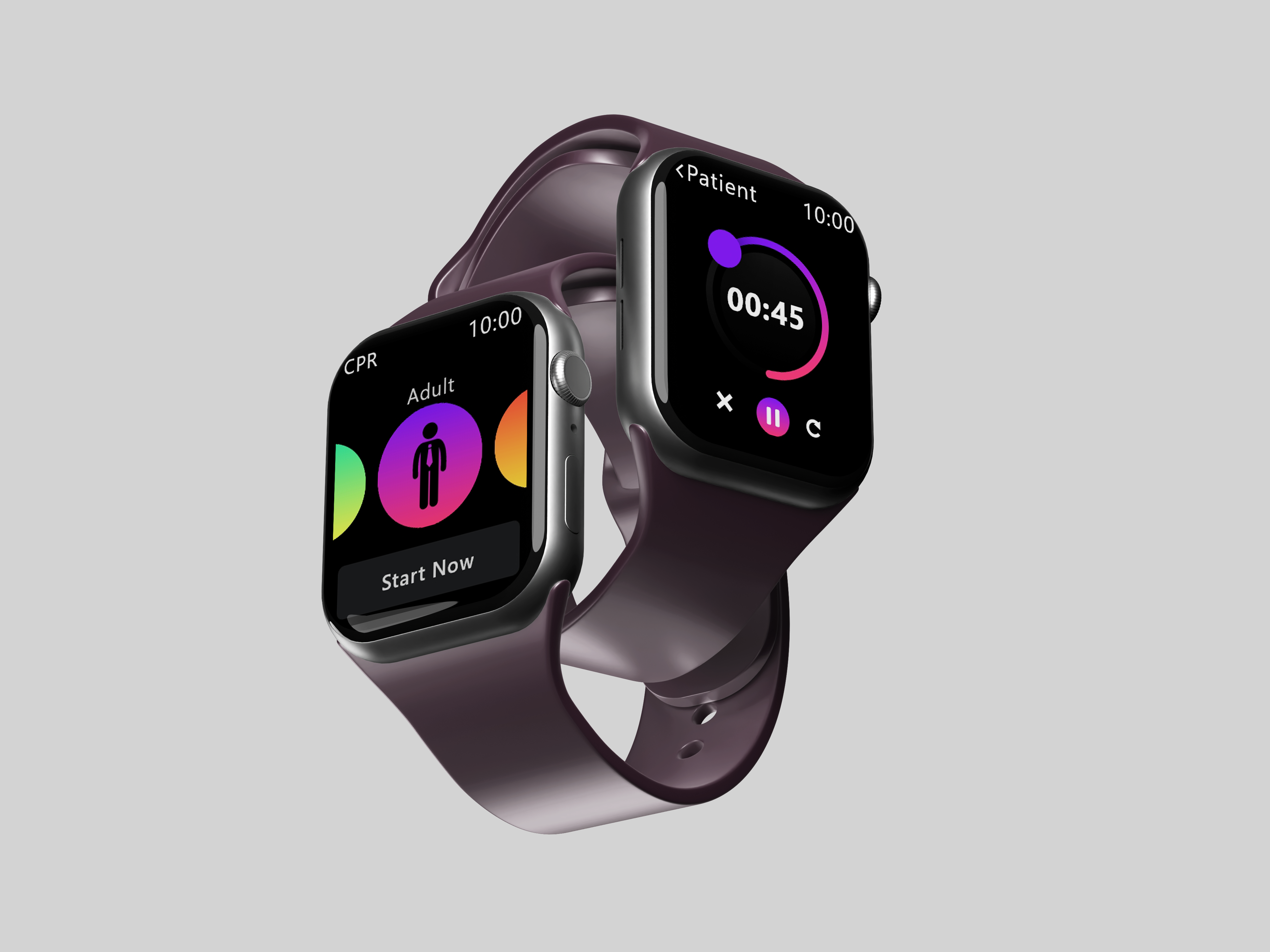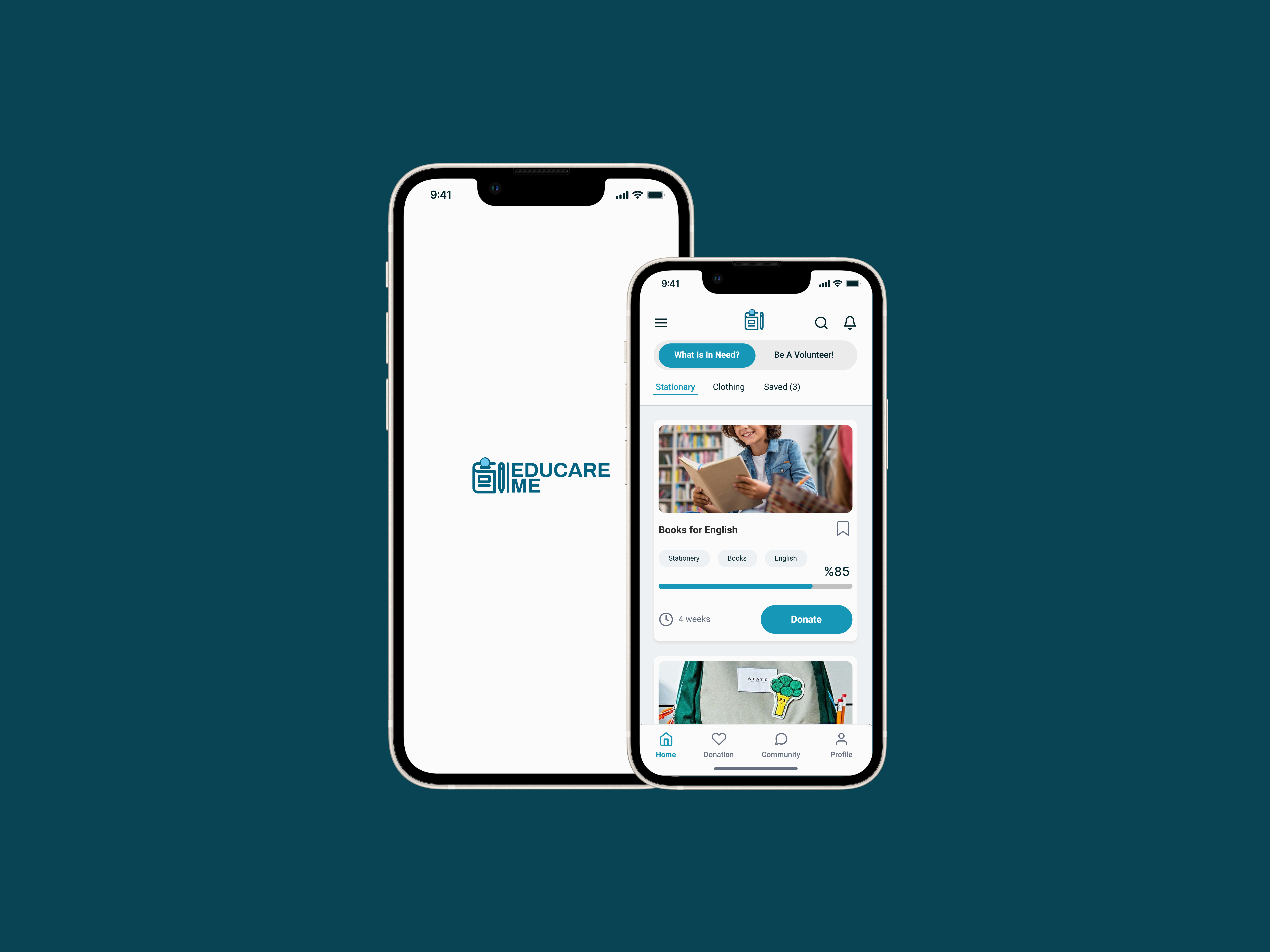Mobile banking applications offer convenience, but their onboarding processes often present user pain points. From cumbersome identity verification to complex authentication methods, these challenges can hinder the seamless adoption of these apps. Addressing these issues is vital to providing a user-friendly experience and building trust in the competitive realm of digital banking for business banking applications.
I investigated and analyzed the negative onboarding experiences on HSBC and Revolut business banking mobile applications. Users require a positive user experience that clearly and effectively facilitates their online application for a business banking account tailored to SMEs.
The Challenge:
Comparing different mobile business onboarding processes and detecting the pain points.
Process and Research:
I compared the top UK banking with the highest Apple Store rate. On top of that idea, I also compared a traditional bank's performance with that of a challenger bank. That is why I decided to examine HSBC Kinetic and Revolut.
After observing their Apple Store ratings and customer reviews, I downloaded the apps to note my heuristic breakdown. Later I carried out Quantitative Usability Testing followed by a short open-ended survey on HSBC Kinetic and Revolut business banking apps, to identify the best practices in the sector and the main pain points for users.
Heuristic Breakdown:
I downloaded the applications to see the overall structure and steps to open a business account while trying to detect if there is any negative user experience. I noted that registration before selecting the company takes longer for Revolut and the overall number of clicks required is x2 more than HSBC Kinetic.
I observed several navigation problems for HSBC Kinetic and these negative user experience problems encompassed various aspects of the app's functionality, including slow loading times, and unintuitive interface elements. Addressing these issues is crucial to enhance overall user satisfaction and ensure a seamless and enjoyable experience for all app users.
Quantitative Usability Testing:
Before conducting usability testing I conduct pilot testing with 2 people to make sure the setup works properly and questions are understandable. Later, I conducted the usability testing with 10 participants both remote and in-person aged 25-35 with an interest in banking services. After a short introduction to the products, I kindly requested them to complete the onboarding task. I encouraged them to think out loud during the whole process.
I noted their metrics based on their behaviours later to be calculated as the number of clicks, satisfaction rating (SEQ), average time on task, error count, and success rate. After each task, I also asked short open-ended survey questions. I also noted where they stuck, how they navigated, and their overall comprehension of the flow. The short open-ended survey questions are:
1. Would you use this application in your daily life?
2. Did you find it easy to open a business account?
You can take a look at the summary matrix for both apps by clicking here.
Results and Analysis:
1. Lengthy Process
When comparing the signup procedures for Revolut and HSBC Kinetic, it becomes evident that the former entails a considerably more extensive form-filling process, demanding users to input a larger number of fields and details in comparison to the latter. Also, notification permissions in the middle of the process distracted participants. This heightened requirement for information not only elongates the overall registration process but also results in an increased amount of time spent by users in the clicking and inputting phases, which may potentially impact the overall user experience.

Revolut sign-in process with notification interrupt in the middle of the process

HSBC Kinetic sign-in process with less input
2. Navigation Problems
Within the user interface of HSBC Kinetic, there are notable issues pertaining to the navigational experience that could be considered critical. These issues predominantly revolve around unresponsive scrolling, which often results in the freezing of the screen when users attempt to navigate through content.
Additionally, there is a lack of clear indicators or cues that inform users about the need to scroll, which subsequently leads to a state of confusion where participants may find it challenging to discern the appropriate actions to advance further within the interface. It is noteworthy that after making multiple attempts, participants eventually manage to engage in scrolling to access the necessary buttons and, subsequently, progress to the subsequent steps in their interaction with the application.

Freezing scrolling with confusing lengthy text
3. Lost in Text
Within the HSBC Kinetic application, a notable observation is the presentation of lengthy paragraphs in various sections, particularly noticeable in the informational content provided. This feature has the effect of necessitating a significant investment of time from participants in their efforts to progress through the application, as some users find themselves spending a considerable amount of time merely deciphering and absorbing the extensive textual information.
Moreover, it becomes apparent that the length of the text can sometimes become a source of distraction for users, diverting their attention from the core tasks at hand. This is in marked contrast to the user experience in Revolut, where such extensive textual content is not as prevalent, leading to a comparatively smoother and more streamlined user journey.
4. Lack of User Feedback and Indications
In the user interface of HSBC Kinetic, it's noticeable that feedback is presented to users in the form of lengthy paragraphs. Unfortunately, this particular feedback approach has resulted in a significant portion of participants encountering challenges when trying to ascertain whether a given process has reached its completion or if it's still ongoing.
The extensive and text-heavy nature of the feedback can introduce a level of ambiguity, leading to confusion among users about the current status of their interactions within the application. However, in a comparative context, when we contrast HSBC Kinetic with the user experience provided by Revolut, a noteworthy distinction emerges.
HSBC Kinetic thoughtfully incorporates a feature wherein it proactively communicates the total number of steps involved in a particular process right from the outset. This approach empowers users with a clear and comprehensive understanding of the journey ahead, consequently instilling a heightened sense of confidence among participants as they navigate through the application's various tasks and processes.

Number of steps indication

Lengthy outcome feedback with no navigation option
Summary:
In this analysis of the user experiences of HSBC Kinetic and Revolut, several key differences have emerged. HSBC Kinetic has been observed to present feedback to users in lengthy paragraphs, leading to confusion among participants about the completion status of various processes within the application. However, it stands out in terms of indicating the number of steps involved right from the start, which enhances user confidence.
In contrast, Revolut follows a more user-friendly approach by minimizing extensive text and offering clear and concise feedback. Despite its lack of detailed step indications, Revolut's approach results in a smoother and more streamlined user journey, where users feel more confident in their interactions. These distinctions highlight the critical role of feedback presentation and process clarity in shaping the user experience within mobile applications.
Future Considerations:
Through my engagement with the fintech industry and my exploration of various business banking functionalities, I have acquired a diverse range of concepts and insights.
If circumstances permit, I would opt to expand the testing phase by involving a larger cohort of participants, potentially up to 20 individuals, in order to gather a more extensive dataset and glean richer insights from their feedback and interactions.
Additionally, the comprehensive analysis of various metrics played a pivotal role in my ability to discern and pinpoint substantial pain points within the applications, enabling me to better address and resolve these critical issues for improved performance and user satisfaction.




